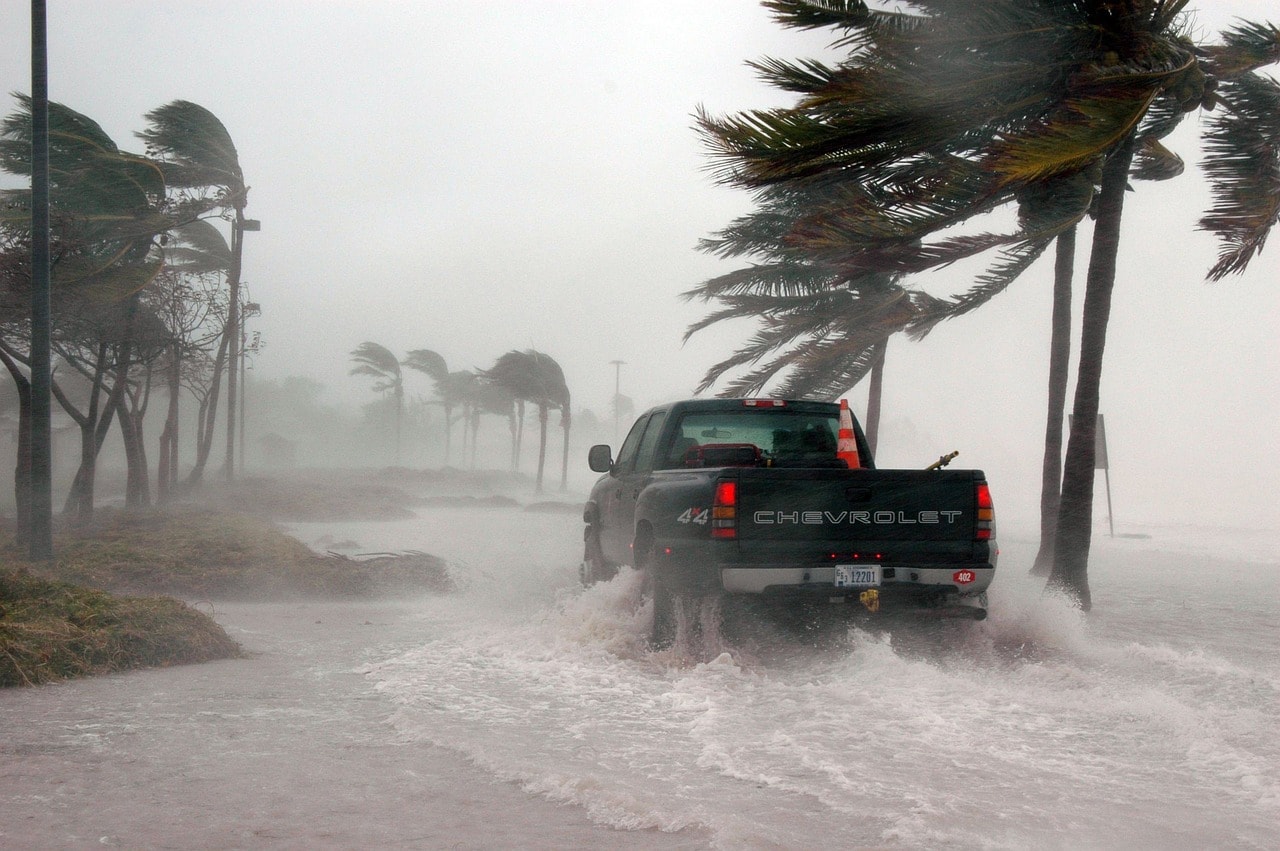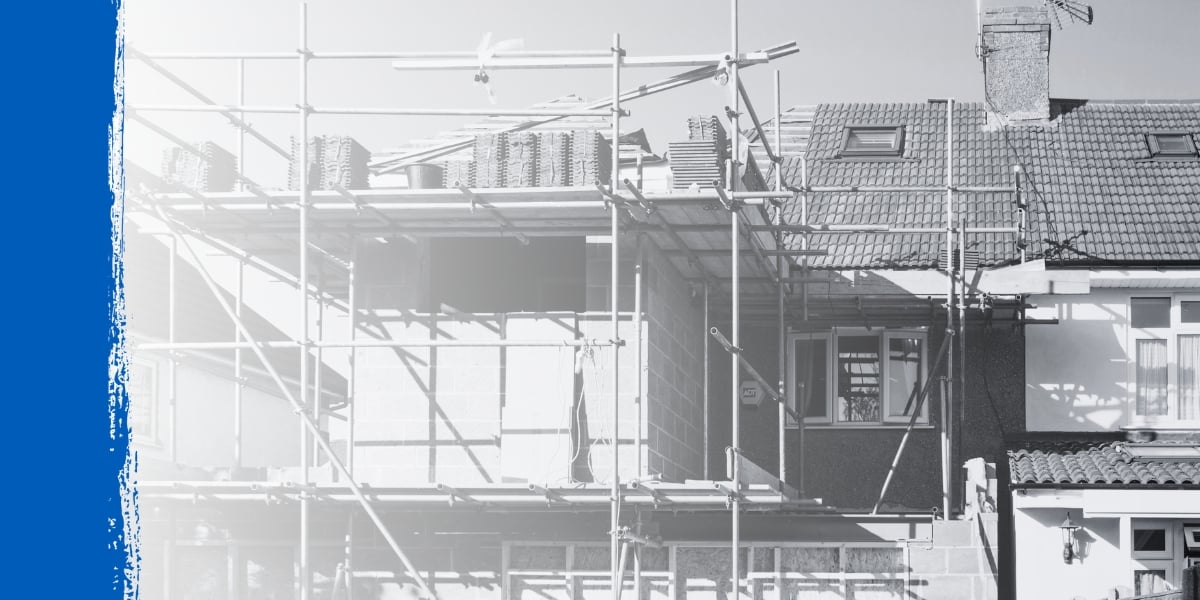When Hurricane Milton and Hurricane Helene made landfall on Florida's coast, they left a trail of destruction that deeply impacted coastal communities. The Gulf Coast, in particular, took a severe beating as Hurricane Milton ripped through buildings, caused floods, and even set off destructive tornadoes. Now, communities face the huge task of rebuilding. Though the recovery will be long, there are a few key steps to help make it safe and efficient.
This guide outlines the main points you should consider when rebuilding after a hurricane, from checking the damage to finding supplies and using smart cost-saving methods to restore your home or property.
Assessing Damage After the Storm
The first step in any hurricane rebuilding process is to assess the damage to your property. Storms like Milton and Helene can cause extensive destruction to buildings. In many places, damage from tornadoes affects roofs, walls, and foundations. Flooding, which often follows storms, weakens foundations and causes mold.
Before going back to your property, think about safety. Reach out to your local emergency team or FEMA to confirm if it's safe to return. Hazards like fallen power lines and unstable structures can pose serious threats.
Once the area is cleared, carefully check your property for damage signs and make sure to take photos or videos of everything. This evidence will be vital for insurance claims or seeking federal help.
Safety Precautions During Rebuilding
After Hurricane Milton and Helene, many Florida areas became at risk, so safety must be your top focus during rebuilding efforts. If your property has major damage, seek professional assessments from certified builders or engineers to see if making repairs is safe.
Electrical systems are especially risky after hurricanes, mainly if flooding is involved. Switch off power at the main box if it's not already off, and look for a certified electrician to inspect all wiring before making repairs. Be aware of mold too, which grows fast in wet places. Experts with proper gear should handle mold removal to keep families safe.
Finding the Right Materials
When rebuilding after a hurricane, focus on long-term durability, especially in storm-prone areas like the Gulf Coast. High-quality materials are key for resilience against future storms.
LS Building Products offers coastal rebuilding essentials, from storm-resistant windows to durable roofing. Moreover, check for local and federal resources, like FEMA guidelines and grants, to help homeowners rebuild with hurricane-resistant materials.
Cost-Efficient Strategies for Rebuilding
Rebuilding costs can be high, and many communities hit by Hurricane Milton are looking for ways to save money without skimping on safety or quality. Here are some tips:
- Request Federal Assistance
- Use Recycled Materials
- Collaborate with Your Community
- Work with Local Contractors
Aim for long-term savings over short-term costs. Picking materials like metal roofing, which can handle hurricanes better, may cost more at first but will save money on future repairs.
Planning for the Future
Rebuilding now allows you to strengthen your home against future hurricanes. Consider the following tips as part of your long-term hurricane preparedness plan:
- Elevate Your Home: If you live in a flood-prone area, consider elevating your home above the base flood level to protect it from future flooding.
- Reinforce Structures: Use storm-resistant materials and install hurricane straps to secure your roof to the walls of your home.
- Plan for Future Disasters: Keep a detailed emergency plan and ensure your insurance coverage is adequate for potential future storms.
Stay informed by keeping up with recent news and updates from local officials, FEMA, and recovery agencies. Many communities have successfully rebuilt after hurricanes, and with careful planning, yours can do the same.
Looking Ahead: Rebuilding with Hope
Rebuilding post-hurricane is tough but offers a chance to create a stronger, more secure future for hurricane-impacted areas. Though the damage is serious and extensive, you can usher in positive change as a community.
Rebuilding lets communities unite, pooling shared resources and strength to recover and also grow stronger. Through thoughtful plans and the right approach, together you can rebuild homes, businesses, and infrastructure that offer better protection and stability, ensuring a safer and more secure future for all involved.
.png?width=98&height=67&name=Logo%20(13).png)
.jpg) Hurricane Rebuilding Guide: What You Need to Know" loading="lazy">
Hurricane Rebuilding Guide: What You Need to Know" loading="lazy">



.jpg)


